
However, if you are going to attempt this, I highly recommend reading the full instructions! Commercial softwareīlancco, aforementioned as the purchasers of DBAN, offer an enterprise level product for destroying data called Drive Eraser.

This is likely the best option for a savvy home user, combined with shred/nwipe.
Hdparm -I /dev/X # Check that the master password is not enabled, which indicates the wipe was successful Most drive manufacturers offer a secure erase program that works with their drives, and the SATA standard has a procedure in place for securely erasing drive contents. SATA secure erase with hdparmĭrive manufacturers have thought of this issue as well. Most of these are open source or freeware, but it includes a few paid options. Wikipedia has a list of data-erasing software. nwipe does a more thorough job than shred, but it still can’t get to sectors the firmware hides from the operating system. DBAN is still available, but lacks features necessary for a 100% wipe.Ī fork called nwipe exists, and is available on many live operating systems. The old gold standard for this was Darik’s Boot and Nuke (DBAN), written by Darik Horn, but this software was acquired by Blancco, a for-profit data erasure company (more on them later). nwipe, DBAN, and other free optionsįree software exists to securely run shred over operating systems. However, if there are sectors that have been marked bad by the drive firmware, these won’t be covered. Writing to every block of the disk will generally wipe the data securely enough. Here are the main methods that are used at present: Run shred and hope for the best Ideally, I would recommend using a combination of methods for security. The same issues with SSD storage can affect this cache of data. Hybrid drives offer some speed advantages: By leveraging a small amount of SSD storage, these drives save data to SSD first, then write it at slower speeds to the actual magnetic platters.

There could be hundreds of bytes, or even kilobytes or megabytes, of data that the shred doesn’t reach.Įven some “traditional” storage can run into such issues these days. Complicated systems introduce issuesīecause SSDs manage which blocks of storage they write to, a simple shred won’t do. However, this leads to some issues as well. This is less of an issue with modern drives thanks to wear leveling built into the firmware of the drives. SSDs have issues with speed if the drives are too full, and have a limited lifespan-only a certain number of write operations can be achieved. Solid state drives, or SSDs, are faster, less prone to errors from physical impact, and generally more sought after. Nowadays, most servers have switched away from storing data on rotating metal or glass platters. Only the most paranoid might destroy it physically. A cautious one might run a demagnetizing wand over the drive.


 0 kommentar(er)
0 kommentar(er)
